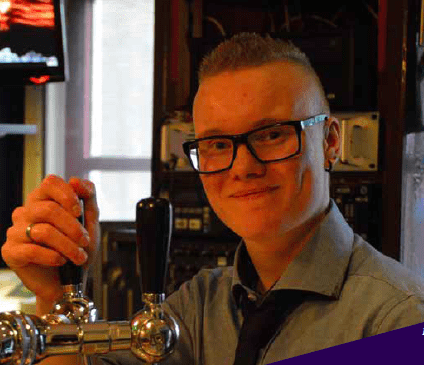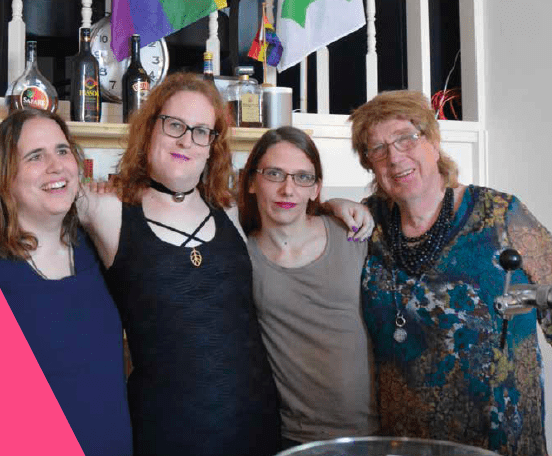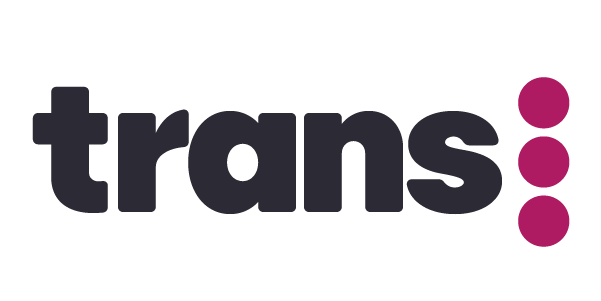
Exploring trans cafés
A night out: For years, before I came out, I thought I was just bad at it. I went to parties, but only when friends invited me along. I never left my friends’ sides. Without them I didn’t know what to do with myself. I didn’t make many new friends or new acquaintances. In retrospect, it’s not surprising that I often felt painfully uncomfortable in these situations. I wasn’t myself at all, I lived in one big female stereotype. How can you open yourself to others if you’re not yourself?
transitioning and social life —
I feel more and more at home in my changing body, but still fall over a number of social stumbling blocks, such as going out. Besides remnants of thoughts like: “Do I seem too fat …?” and “Do people really like me?”, There are some others: “Will I pass as a man?”, “Am I flat enough in this binder? “and” What if I meet people from my previous life? “.
My new uncertainties create a new need: going out in a safe environment, where I can feel at ease as a trans man. I know there are gay bars and women’s cafés. I had high hopes that there are special bars and cafés for trans men. I decided to investigate this for our magazine.
My adventure starts in Leiden, the student city of the Netherlands. COC de Kroon is located in the centre I can see the rainbow flag fly from afar. It’s always the first Saturday of the month: In this old genever factory there’s a transcafé tonight, also known as Genderfree Zone. A safe place for all kinds of trans people (crossdressers, trans men and women, non-binary people) plus their family and friends.
I enter an empty but cozy space. There are colored pillows against a black and white painted wall, and dark wooden tables. The bartender is busy. He introduces himself as Kevin Andrew, the coordinator of the transcafé, and offers me a drink.

Kevin enthusiastically tells me about his work for the COC. He’s transgender himself and discovered that here through conversations with visitors. ‘As a barman I can easily talk to people. These conversations often offer opportunities for recognition. In the transcafé you can be who you are, without anyone looking at you weird. If you need help with something, you can go here.’ I see a big smile appear. ‘On a busy evening we have about fifteen people here. Lately there have been some regular visitors. We would love it if new faces were added. Young people are also welcome here!’
Some people don’t need separate places to go out as LGBT+. I wonder: Can they still go out and be whoever they are, wherever they want? I wonder. For me, in any case, I think the step to regular cafés, bars, discos is still too big. What about others? Being transgender is becoming less and less taboo; so does that affect our nightlife? I take that question to Rotterdam, where I visit a transcafé the next evening.
This ‘café’ is just like the one in Leiden, a regularly occurring evening in the COC building. The room has a light and modern atmosphere. It feels more like a living room than a pub. There’s also a kitchen, where people are busy. I meet Esther at the bar. She said: ‘We noticed that there was a need for a meeting place for trans people. Since there was nothing here in the city, we decided to do something ourselves. It started as a café-evening, but nowadays we also cater for dinner. Eating with each other ensures a sense of togetherness. People also meet with each other outside the café. Good friendships are built here. Some people come and go, others stay and become volunteers.’
On average, fifteen to twenty people come in an evening, they are mainly in their thirties. The transcafé is also for family, partners, and friends: for anyone who is thinking about gender identity.

Just like in Leiden, I’m a minority as a trans man compared to the amount of trans women. How does Esther see the development of nightlife for trans people? “I think the ‘trans-friendliness’ in the nightlife is growing. Nevertheless, we see that there is still a great need for a safe place. We know of initiatives in Nijmegen, Amsterdam, Leiden and Breda, but I haven’t heard of any in the north of the country. I hope that’ll change.”
After two evenings (only!), I concluded that the average age of people in these transcafés is higher than in regular nightlife. Also that the relatively low number of visitors creates a personal atmosphere. An internet search showed that independently run trans cafés are rare. Transcafés rarely have their own space and are often part of the COC. Humanitas also facilitates meetings in a relaxed atmosphere, but these are often group meetings called: Men’s group, Women’s group, Youth group.
The wonderful evenings I had out in Rotterdam and Leiden do make me curious about these initiatives; as well as others.
In 2014, the ‘first’ Dutch transgender bar, Kalinka, was opened in Amsterdam. Creator, Beyong Veldkamp of COC’s Trans United (an organisation for transgender people with a bicultural background,) said at the time: ‘Many transgender people don’t feel welcome in other cafés. Often you can hear people talking and laughing at you and even physical violence can happen.’ Kalinka unfortunately had to shed the concept of being a transgender bar within a year, due to a lack of enthusiasm amongst transgender customers. Some people argued that the reason for this was that it wasn’t promoted enough as a transgender bar. Trans United has continued to organize a transgender evening at the Amsterdam drag show bar: Café Lellebel.
Inclusion, an initiative of TransAmsterdam, organises a monthly café-evening at the Manor Hotel. With the cooperation with LGTBQ Amsterdam, this café night has been renamed LGBTQ Transgender Café.
In addition read the article A fetish club as safe space.
